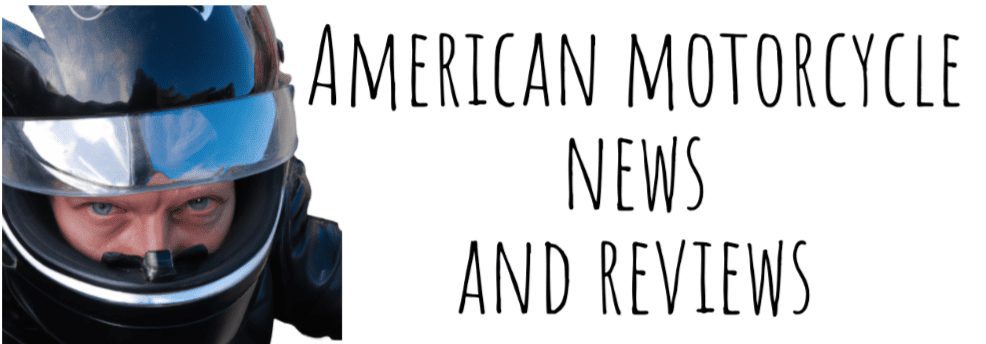Understanding your motorcycle tires can be a little difficult at first since you often have to remember what all of the numbers and symbols on the sidewall of the tire even mean.
But even when you can learn about these different symbols on the tire’s sidewall, one of the biggest mistakes that people can make with their bike tires is putting them on backward.
Unlike a car tire with a very obvious right or wrong side, some people can accidentally put on their motorcycle tires the wrong way.
This guide will cover everything you need to know about the wheel alignment for a motorcycle’s tires, tire pressure, tire wear, and various other aspects of your tires.
Understanding the different types of Motorcycle tires
While bike tires will often all look the same, the truth is that they can be very different. There are two main types of tires, each with a subtle difference that makes them unique.
Granted, both types can easily be a rear wheel, but it is first important to understand their differences.
Radial Tires
Radial tires Will often feature a deeper tread depth, which can offer better grip when riding. Most motorcycle manufacturers, especially ones that manufacture sports bikes, prefer these tires since they offer a faster ride to the rider.
Bias-ply motorcycle tyres
Bias-ply is another popular type of motorcycle tire that many will prefer to use because of its unique tread pattern.
The unique pattern gives these tires a softer ride than radial tires, which is why many continue using them on cruiser motorcycles.
These tires are also much cheaper than radial tires, which is another reason why so many prefer them.
Specialized Tires
Along with the two more basic types of tires available, riders can also buy specialized tires that focus on offering specific benefits.
For instance, these specialized tires could likely be helping with off-road riding or be specifically made to withstand breakneck speeds. Either way, there is likely a tire out there that can help you feel more comfortable as you ride.
How can you tell if your tires are on backward
Improper wheel alignment of motorcycle tires can lead to uneven wear or many other issues. Putting your motorcycle tires on backward can also lead to excessive wear, so you need a thorough inspection to see if the front tyre or the rear tire is on properly.
Angled tread depth
One of the first things that you will notice about your motorcycle tire is that it has its tread at an angle. Since it angles at a specific direction, your motorcycle can move a lot faster and it makes applying the brakes or cutting around corners much easier.
So when you put the tire on backwards, the motorcycle will struggle to grip the road better, and it will generally not operate as well. And if the contact patch is not right, the patch wear will be inconsistent, and the wear per square inch will be different. Therefore, one of the most obvious ways that you can tell if your tire is on backwards is if the angle for the tire is wrong.
The wrong tread pattern
The first way that you can tell if your tires are on backwards is by looking at the tread pattern. If the treat pattern is facing the wrong way, then that means your two tires are on wrong. You can also check the spec sticker or the owner’s manual to see if you have your tire on right.
Checking the tire sidewall
Another way that you can check if your tire is on right is if you look at the sidewall of your wheel. These will usually have arrows indicating where they are supposed to go and which side is correct.
Dealing with front and rear tire pressures
One of the major consequences of having an unbalanced motorcycle tire is the uneven wear. This uneven tire wear is especially prevalent in the rear tyre, since it takes on most of the force of the motorcycle.
Checking Tire Pressure
Another reason why your back and front wheel have unusual wear, is because they do not meet recommended tire pressures. If a tyre does not have the recommended tire pressure, it could offer a worse riding experience, or could even burst.
Just by looking at the wear pattern, you can see that you either have uneven tires or not enough air in your tires. Each type of tire will have a different air pressure rating, which you can look up in the owner’s manual to learn about.
The issues that come with not meeting recommended tire pressure
One of the biggest problems that come with not having enough air in your tires is that it could lead to poor fuel economy. The tires are an integral part of your bike because they reduce the pressure on the engine, which is what helps them improve fuel economy.
So if there is not enough air in the tires, then the inefficiency of the tires could lead to an increased strain on the engine, which can increase fuel consumption. Furthermore, less tire pressure can also increase the load on the wheel bearings and the bike’s swing arm.
Of course, there is the issue of overinflating your tires. Depending on the weight that you put on your motorcycle and how much air you put in your wheels, could lead to a cold tear. Your wheels could also experience dry rot, and could even lost their grip because of overinflating.
In either case, these types of motorcycle tires will often struggle with certain weather changes and on a bumpy road. Therefore, regularly checking your motorcycle tires is extremely important to keep your bike safe.
You can also keep a small device on your valve stem that can tell you when you need to adjust the air pressure in your tire. Even exceeding the recommended pressure by one psi can lead to all sorts of issues, especially ones where you need to replace the tire.
Exceeding Weight
Another reason why a bike could have uneven tire wear on the rear tyre and front tyre is because of too much weight. Adding more weight to the bike than it can handle will often lead to the rubber becoming super heated, warranting a replacement.
If you’re wondering how much weight you should have on your bike, including counter weights, you should refer to the manual. Remember, do not exceed the recommended weight, since that can increase the wheel’s operating temperature, and result in uneven tire wear on the front and rear tyre.

